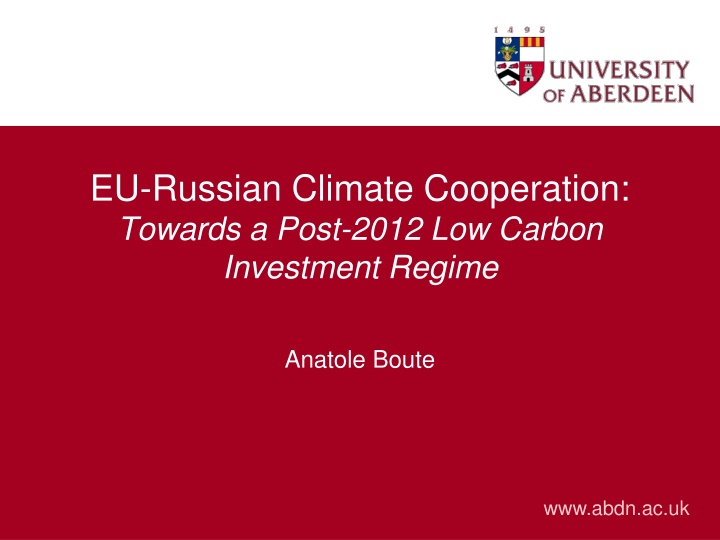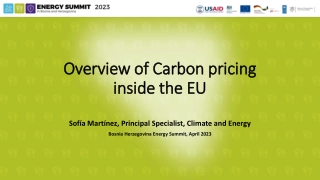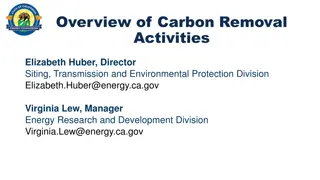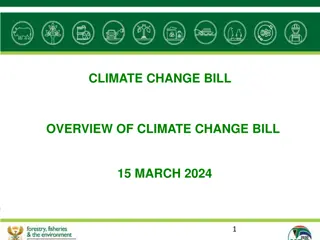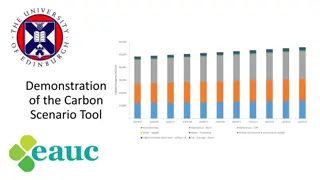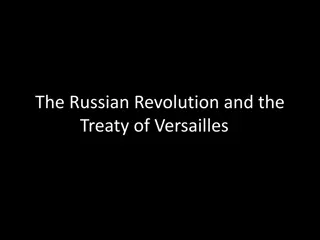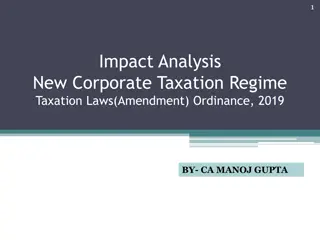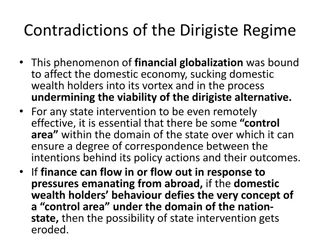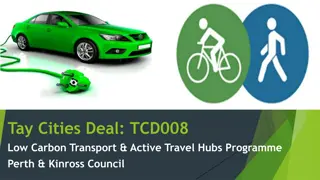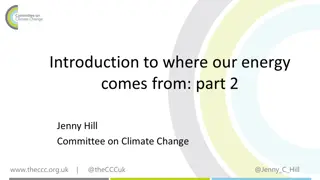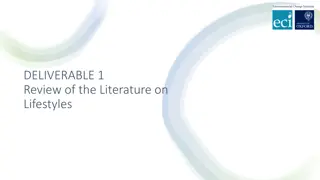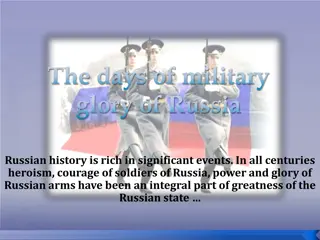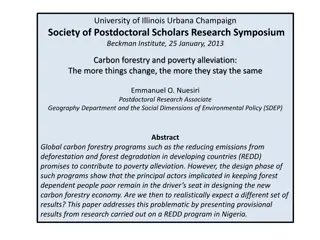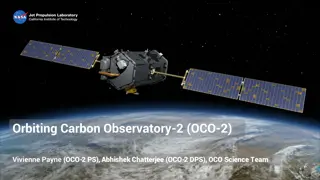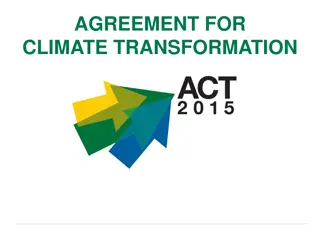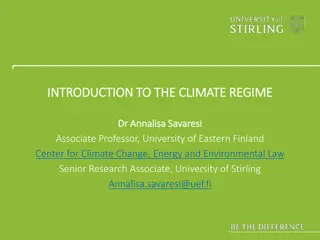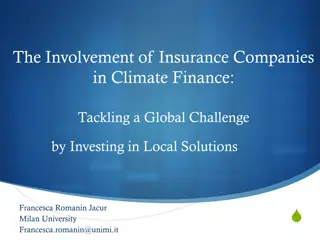EU-Russian Climate Cooperation: Towards a Post-2012 Low Carbon Investment Regime
Focusing on enhancing climate cooperation between the EU and Russia, this publication discusses strategies for a low-carbon investment regime post-2012. It delves into the opportunities and challenges of collaboration in tackling climate change.
Download Presentation

Please find below an Image/Link to download the presentation.
The content on the website is provided AS IS for your information and personal use only. It may not be sold, licensed, or shared on other websites without obtaining consent from the author.If you encounter any issues during the download, it is possible that the publisher has removed the file from their server.
You are allowed to download the files provided on this website for personal or commercial use, subject to the condition that they are used lawfully. All files are the property of their respective owners.
The content on the website is provided AS IS for your information and personal use only. It may not be sold, licensed, or shared on other websites without obtaining consent from the author.
E N D
Presentation Transcript
EU-Russian Climate Cooperation: Towards a Post-2012 Low Carbon Investment Regime Anatole Boute www.abdn.ac.uk
STRUCTURE OF THE ARGUMENT EU external climate policy towards Russia Challenges to low carbon investments in Russia EU sponsored international regulatory initiatives: ECT Protocol on Energy Efficiency Kyoto Protocol International Partnership for Energy Efficiency Export of the acquis communautaire Assessment and way forward www.abdn.ac.uk
The EU external climate policy Moral commitment historical carbon debt and import of carbon intensive goods Security of supply necessity to guarantee availability of energy, in context of increasing competitiveness for energy resources Competitiveness international diffusion of climate/energy efficiency/renewable regulation can support the EU industry www.abdn.ac.uk
EU climate policy in relation to Russia Moral commitment carbon cost of EU energy security: gas-coal switch, gas flaring Security of supply energy savings in Russia to ensure energy exports Competitiveness huge market potential for low carbon equipment cooperation in achieving climate targets at least cost www.abdn.ac.uk
REGULATORY CHALLENGES TO LOW CARBON INVESTMENTS Financial level playing field for low carbon investments Declarative nature of regulation Insufficient implementation / enforcement Instability and unpredictability of investment climate www.abdn.ac.uk
EU sponsored international regulatory initiatives Energy Charter Treaty Protocol on Energy Efficiency Financing? market-oriented price formation full reflection of environmental costs BUT in an economically efficient / cost effective way appropriate to states own energy conditions www.abdn.ac.uk
Declarative nature ? strive to minimize environmental impact of energy strive to ensure that energy efficiency policies are coordinated Implementation? Russia and the ECT Investment stability? investment chapter of ECT BUT focus on traditional political risks for traditional energy investments www.abdn.ac.uk
Kyoto Protocol Financing? flexible mechanisms: Joint Implementation BUT - possibility to greenwash hot air under JI track I - post-2012 ban www.abdn.ac.uk
Declarative? binding emission reduction targets BUT Russia s post-2012 stance Enforcement? compliance mechanism Investment stability? Kyoto is about investment promotion not protection www.abdn.ac.uk
International Partnership for Energy Efficiency Declarative? EU idea: mandatory energy efficiency standards and targets Outcome: voluntary partnership based on exchange of information, best practices, joint research. www.abdn.ac.uk
Export of the EU acquis communautaire Declarative? mandatory targets for RES but indicative for efficiency impact of low carbon prices on effectiveness of EU ETS Implementation? will the renewable energy targets be met? Stability? changes to renewable energy support schemes intervention with the ETS www.abdn.ac.uk
Joint projects with third countries under the RES Directive Financing? mainly directed at helping EU Member States to achieve their target at least cost (import of RES-E) Implementation? linked to EU RES targets Stability? www.abdn.ac.uk
ASSESSMENT Non-binding character of existing instruments Indicative targets Loose cooperation rather than compliance and responsibility No clear protection against regulatory changes www.abdn.ac.uk
Possible way forward Instability/unpredictability holds back modernisation main concern of low carbon investors: regulatory changes EU and Russian regulation governing low carbon investments are characterised by similar deficiencies take an investor perspective to depoliticise the debate Focus on regulatory stability for low carbon investments common rules to tackle common investors concern www.abdn.ac.uk
Thank you Contact: a.boute@abdn.ac.uk www.abdn.ac.uk
